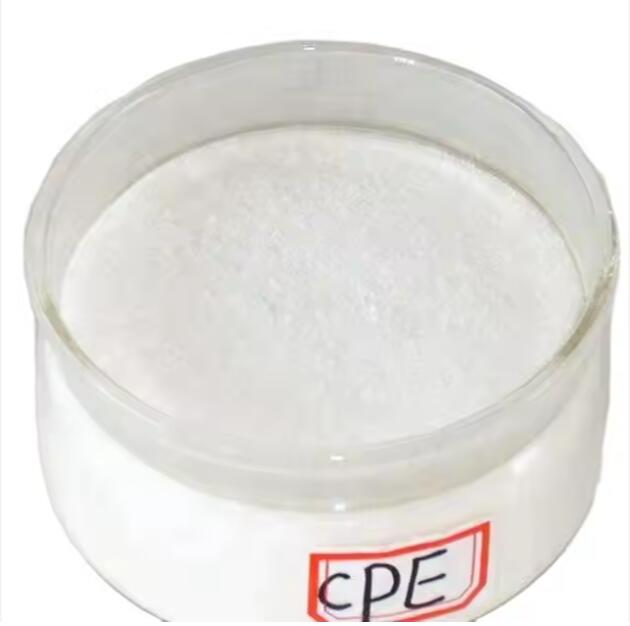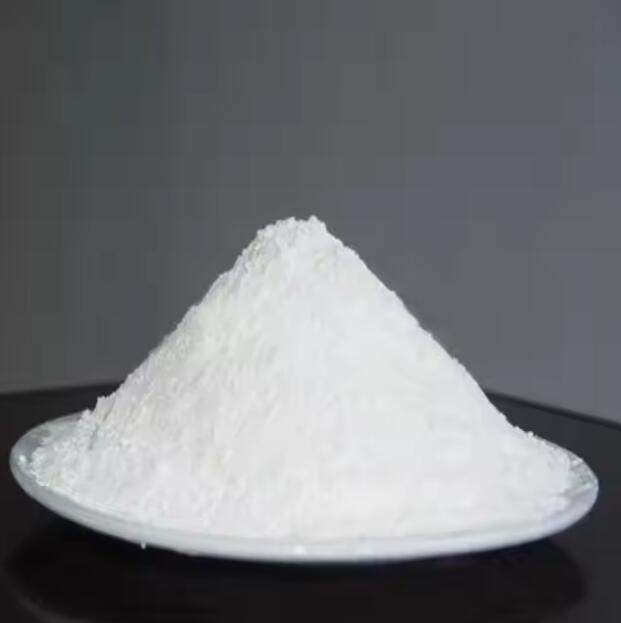- Impact Modification for PVC Products
-
- Door and Window Profiles: When manufacturing PVC door and window profiles, adding CPE 135A can significantly improve the impact resistance of the profiles. This makes them less prone to cracking or damage under wind, collisions, and other daily conditions, extending the service life of doors and windows while maintaining a good appearance. For instance, in northern China’s cold winters, ordinary PVC profiles may become brittle, but those modified with CPE 135A can retain good toughness.
-
- Upper and Lower Water Pipes: For PVC upper and lower water pipes, CPE 135A enhances the pipes’ impact strength. This prevents the pipes from cracking, leaking, or other issues when subjected to water flow impact, collisions during installation, or external forces like ground settlement, ensuring the stable operation of the water pipe system. For example, in the renovation projects of some old residential areas, PVC downpipes with CPE 135A can better adapt to complex construction environments and various conditions during later use.
-
- Cold-Bent Wire Ducts: Cold-bent wire ducts often need to be bent during installation. The addition of CPE 135A improves the duct’s flexibility and impact resistance, ensuring it does not crack due to stress during bending. Meanwhile, it can resist possible external impacts during use, protecting the safety of internal wires and cables.
- Production of PVC Sheets
-
- PVC Foam Sheets: CPE 135A is used in the production of PVC foam sheets to improve their physical properties and enhance impact resistance. This allows the foam sheets to maintain structural integrity without damage or slag loss even when subjected to a certain degree of external impact during handling, installation, and use, increasing product quality and application scope. For example, PVC foam sheets used for sound insulation and heat insulation in building decoration become more reliable in performance after adding CPE 135A.
-
- PVC Extruded Sheets: In the manufacturing of PVC extruded sheets, CPE 135A helps improve the tensile strength and impact strength of the sheets, endowing them with better comprehensive performance. These extruded sheets are widely used in industrial, agricultural, and construction fields, such as protective panels for industrial equipment and thermal insulation panels for agricultural greenhouses, meeting the requirements for sheet strength and toughness in different scenarios.
-
- Laminated Sheets: CPE 135A enhances the impact resistance of laminated sheets and strengthens the bonding force between layers. This prevents delamination when the laminated sheets are subjected to external impact, improving their overall stability and durability. They can be used to make furniture panels, decorative sheets, and more.
- Modification of Other Plastics
-
- ABS Plastics: CPE 135A can be used as a toughening agent for ABS plastics to improve their impact performance. While maintaining the original excellent properties of ABS, it further enhances toughness, expanding the application of ABS plastics in fields with higher requirements for material toughness, such as auto parts and electronic product casings.
-
- PP and PS Plastics: For PP (polypropylene) and PS (polystyrene) plastics, CPE 135A plays a modifying role, improving their impact resistance and flexibility. This makes PP and PS plastics more reliable in practical applications. For example, when used to manufacture plastic containers and stationery, it reduces the probability of product damage due to falling or collision.
- Rubber Field
-
- Rubber Product Processing: CPE 135A can be used in the production of rubber products. It has good processing performance and can produce rubber products with a smooth surface and a flowing matte effect. It can replace various rubbers in different fields to produce high-performance rubber products. For example, when used to manufacture conveyor belts, the belts have good heat resistance, ozone resistance, atmospheric aging resistance, cold resistance, flame retardancy, and flex resistance, making them suitable for material transportation in harsh environments. It can also be used to manufacture rubber products such as wire and cable sheaths, rubber hoses, and tapes, improving the comprehensive performance of these products.



